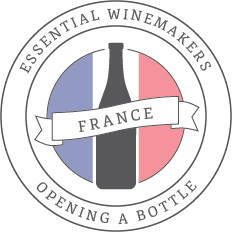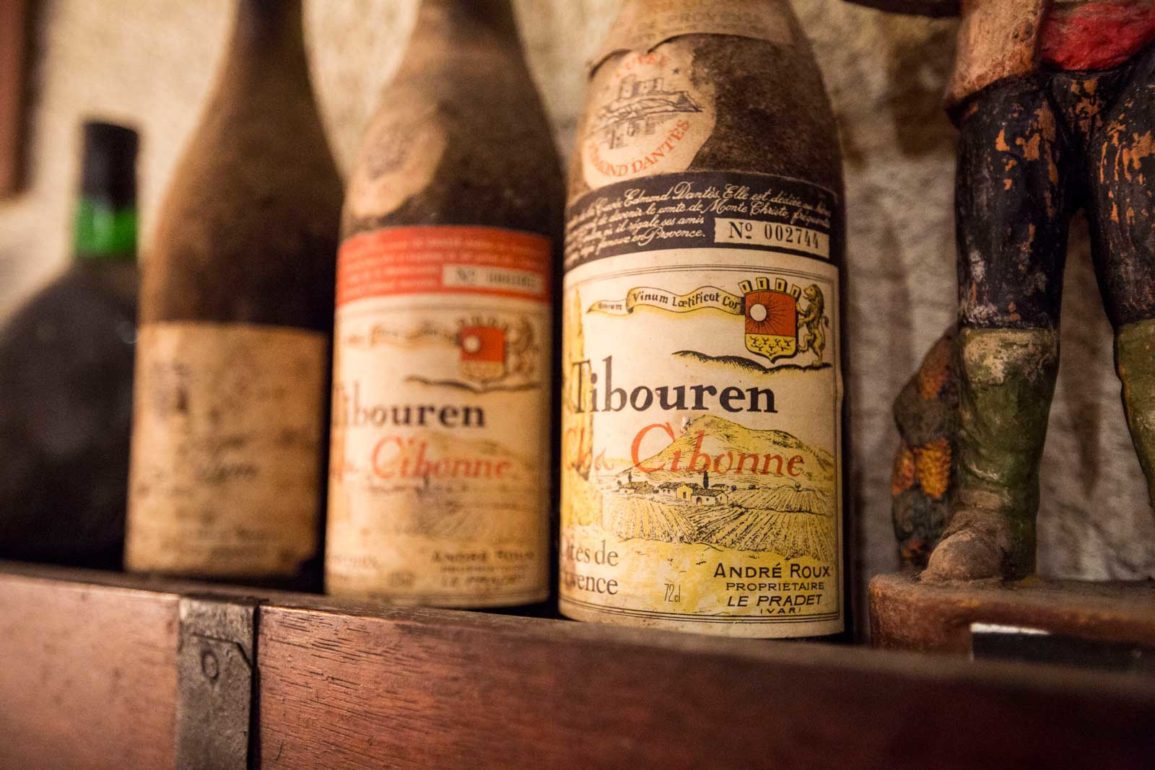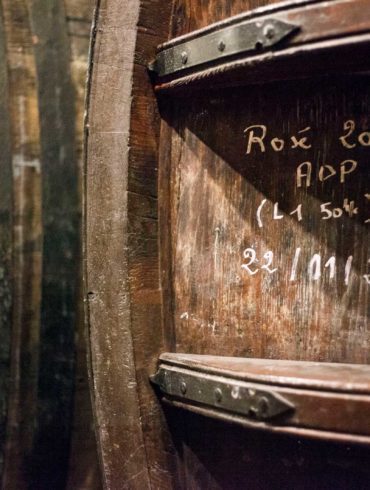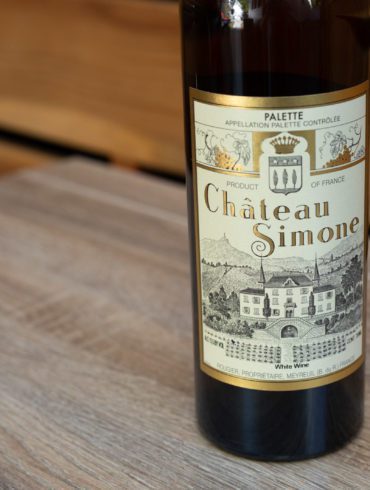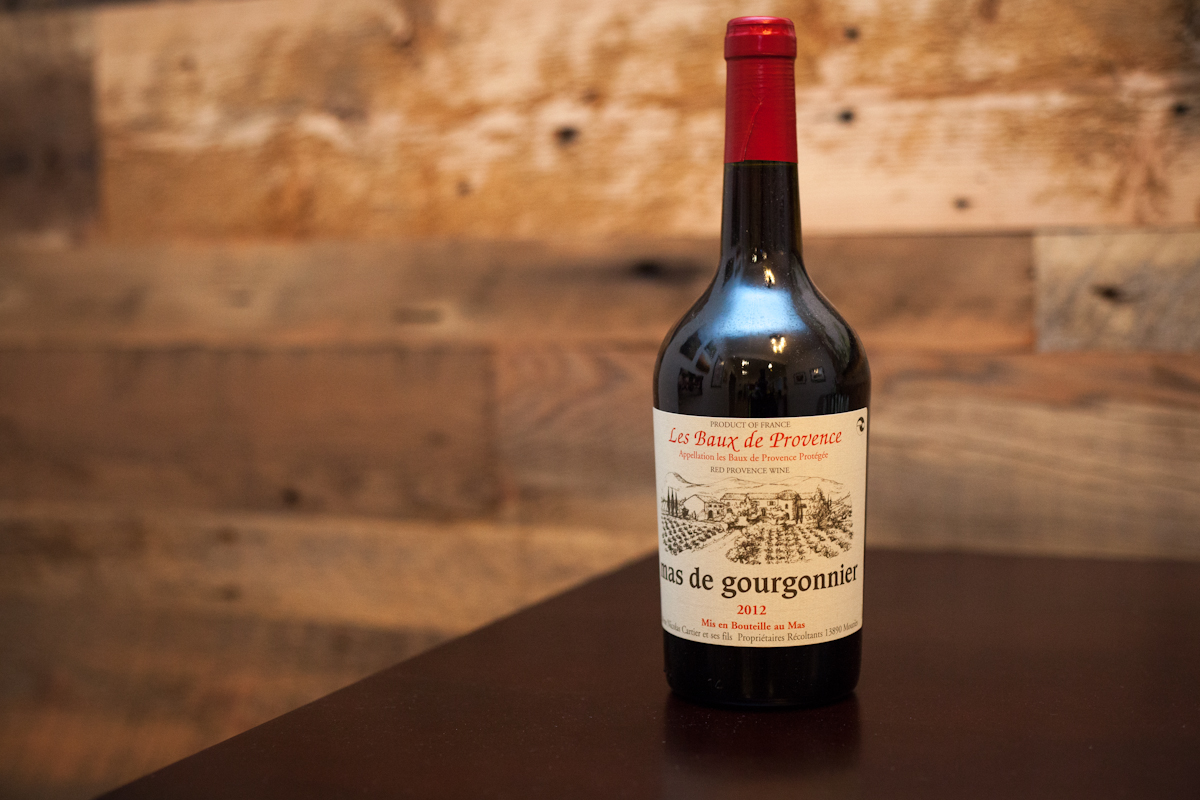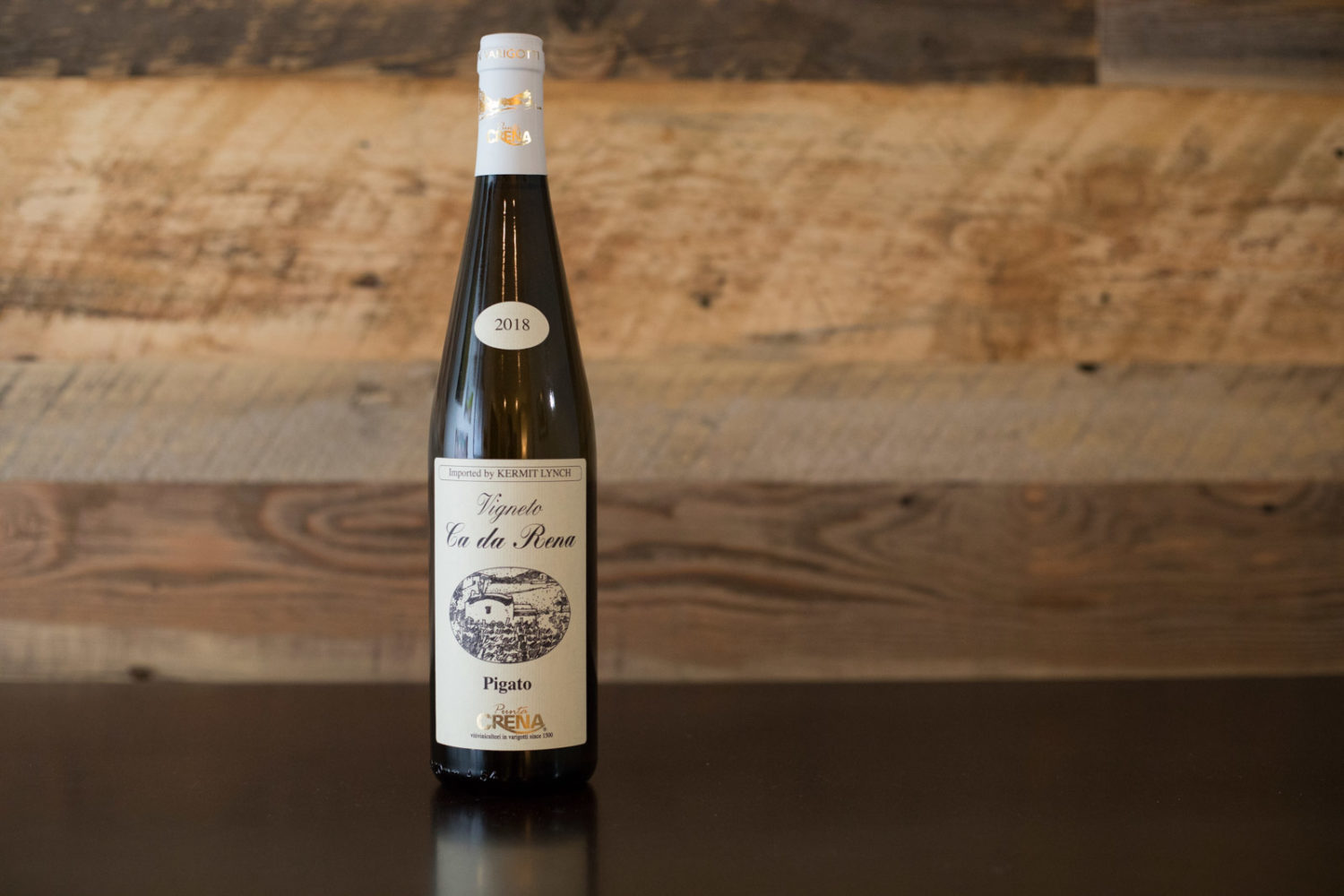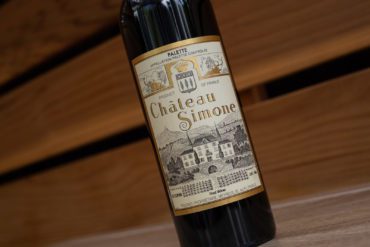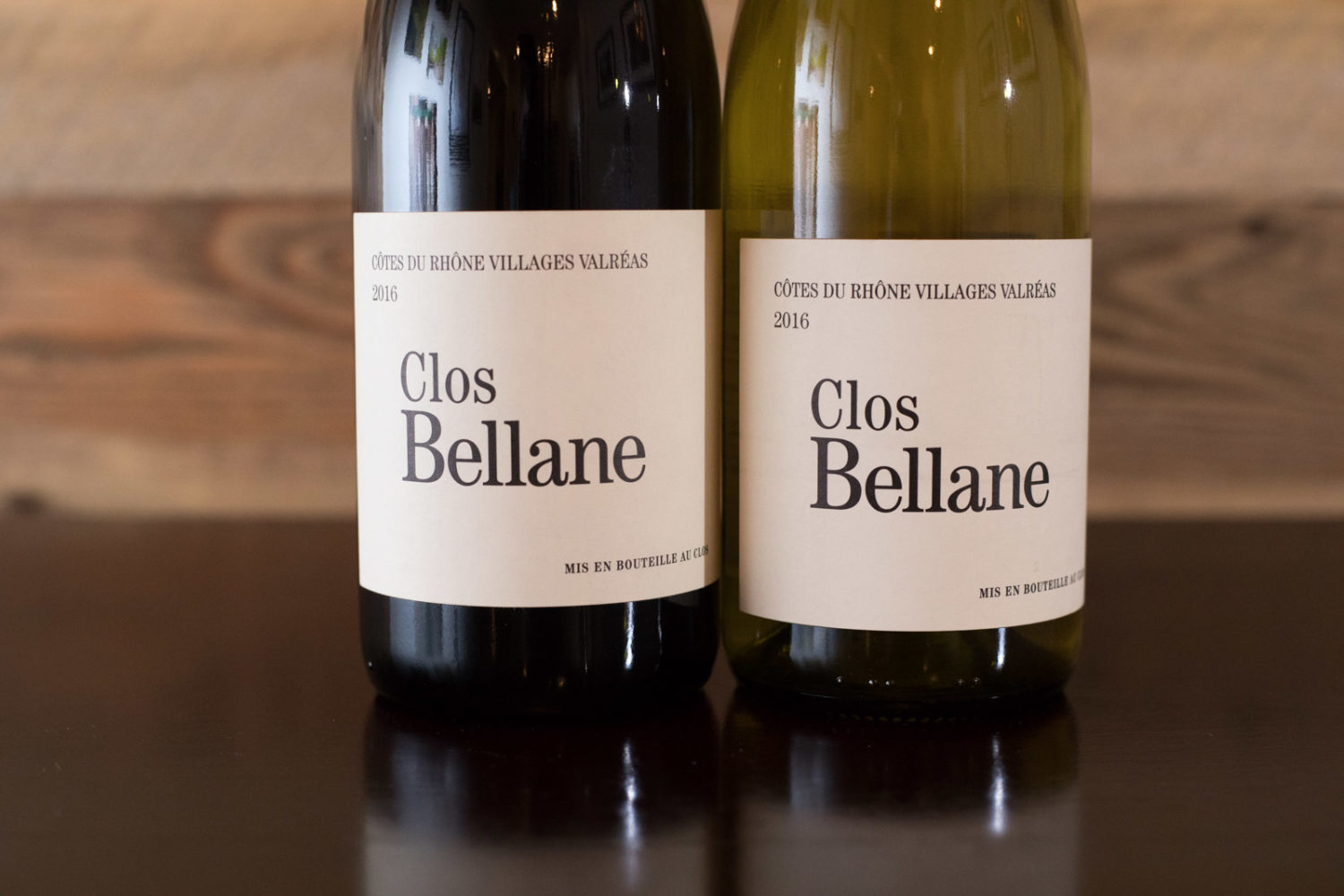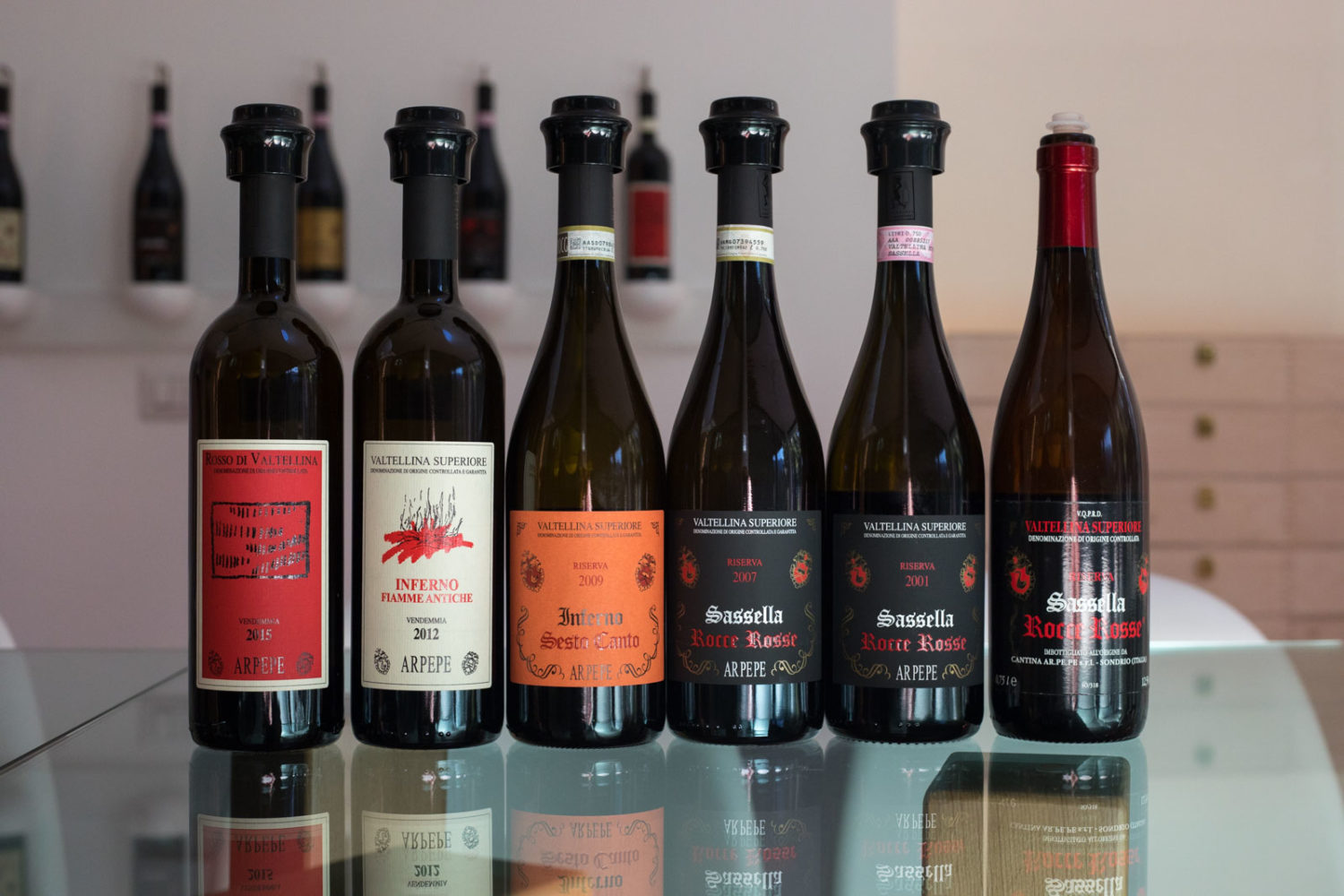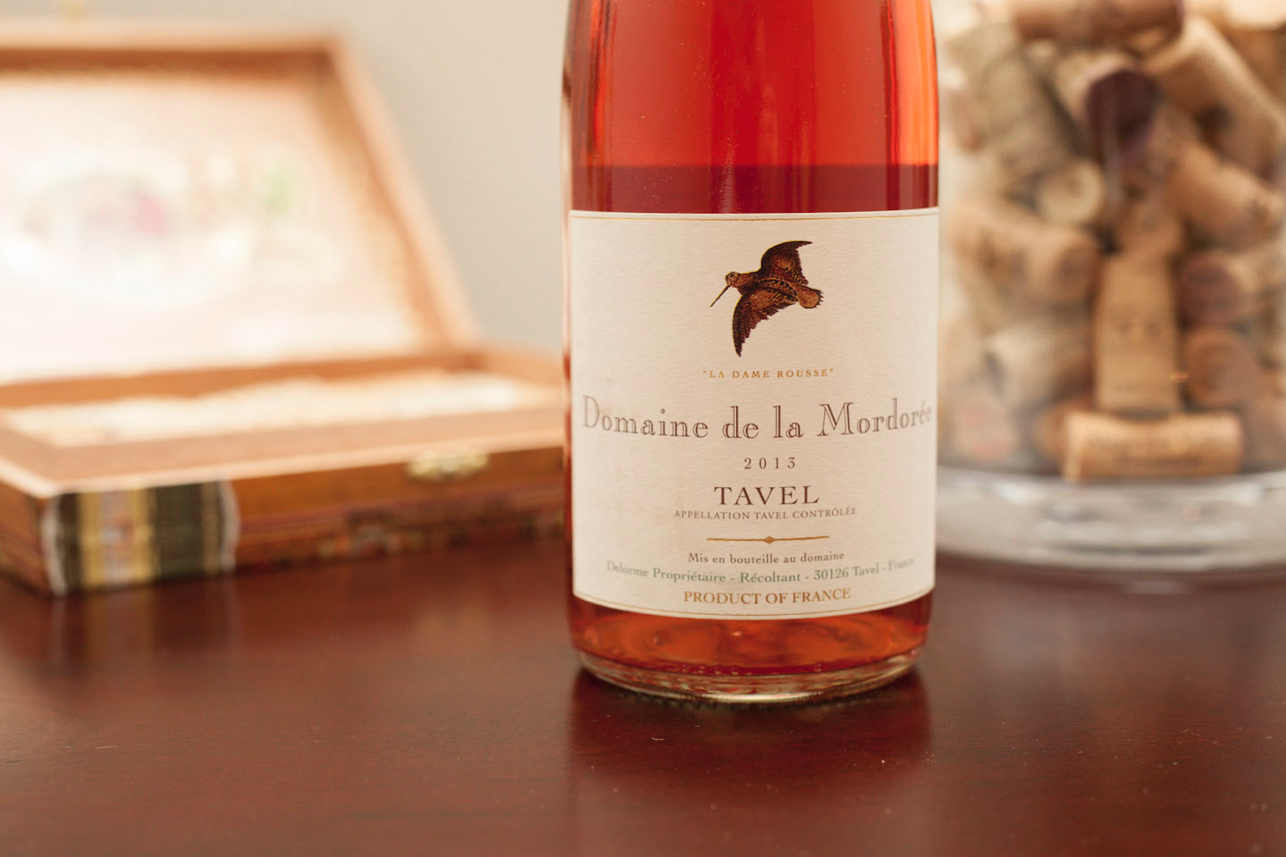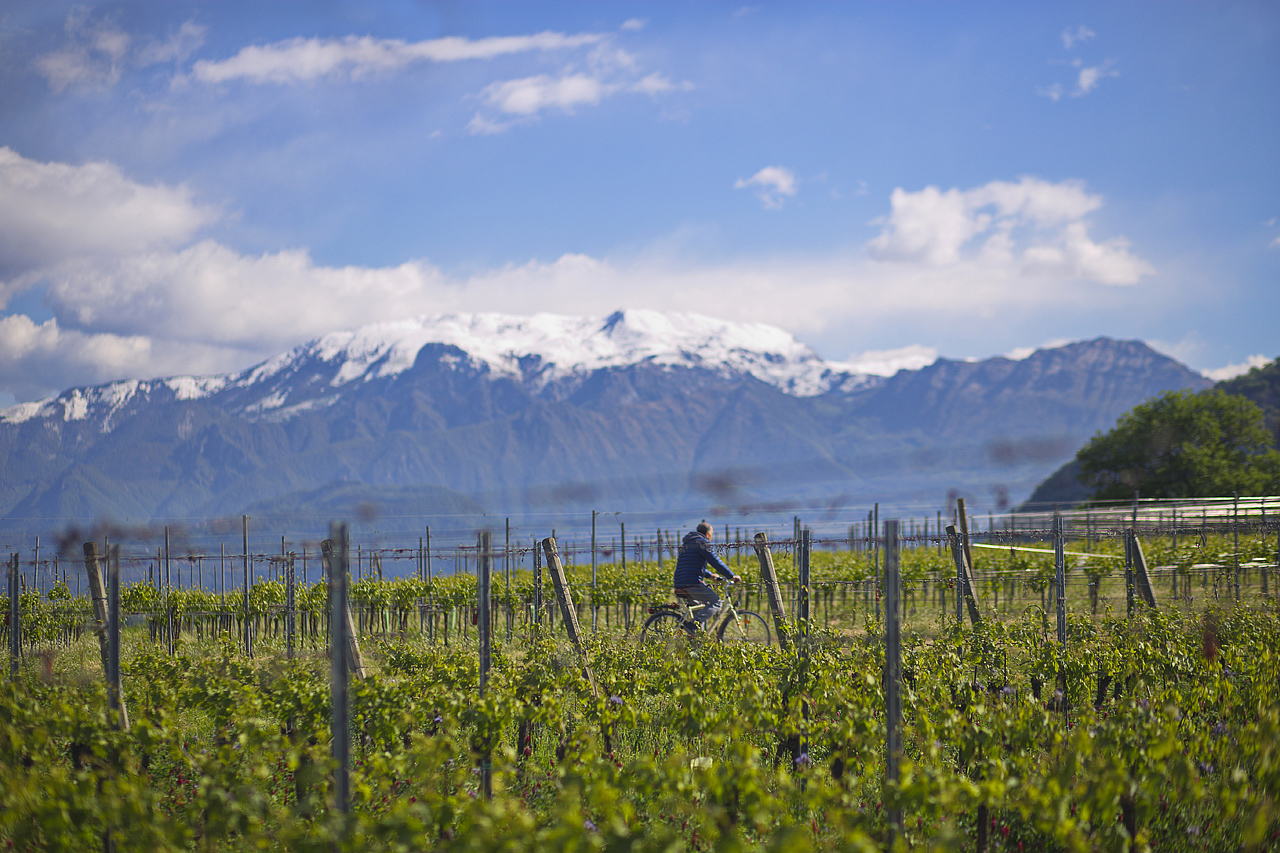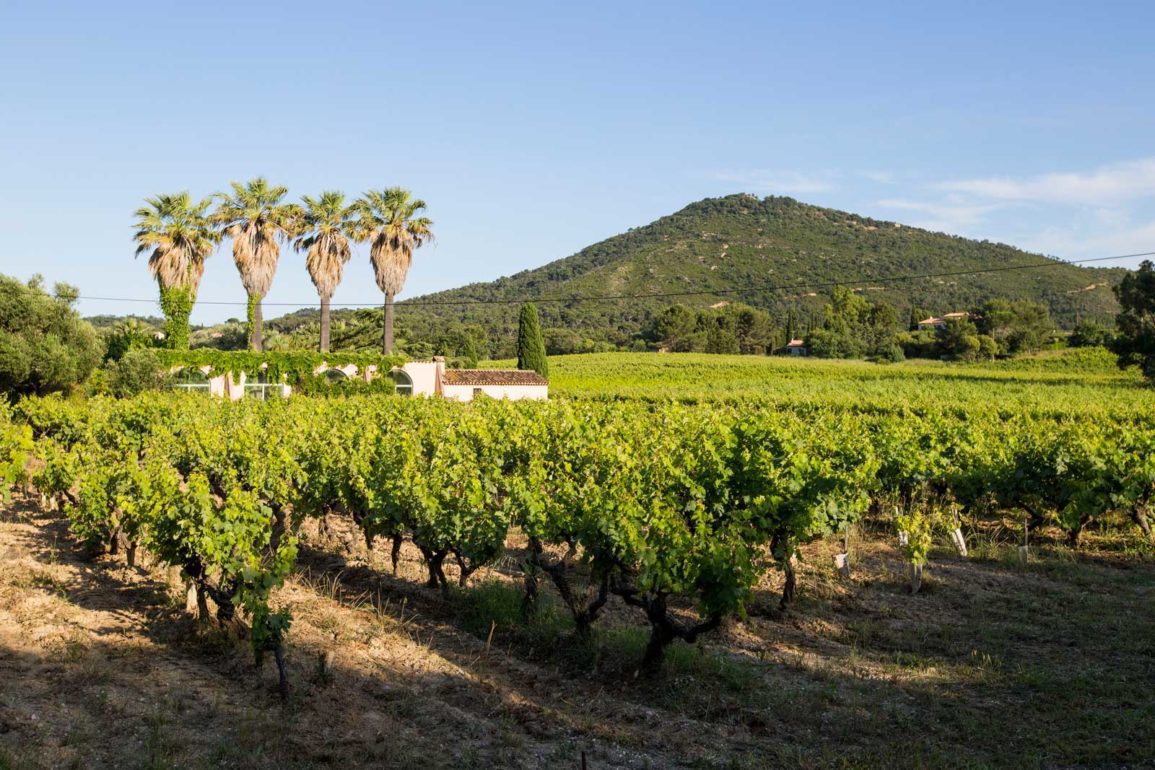 The vineyards at Clos Cibonne. ©deMaison Selections
The vineyards at Clos Cibonne. ©deMaison SelectionsClos Cibonne
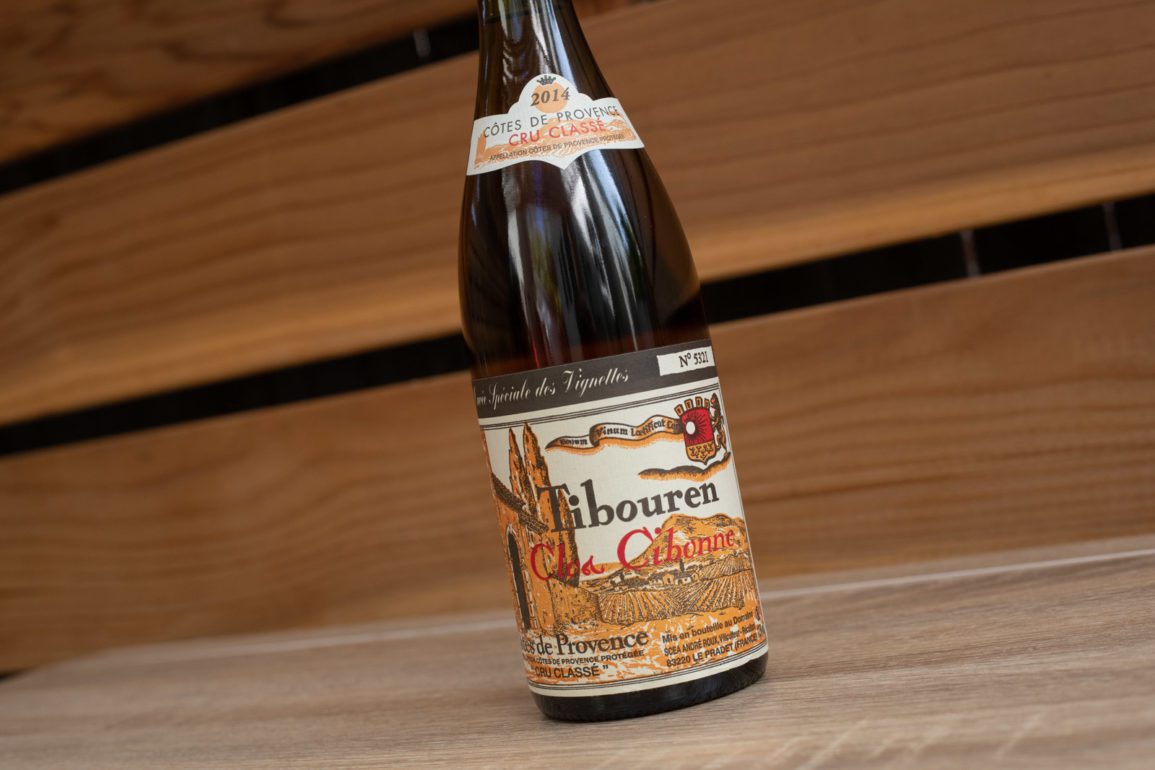
Why Clos Cibonne is Essential
If I had a scorecard entitled "Everything That's Interesting to Me About Wine," Clos Cibonne would check more boxes than perhaps anyone else in France. It has the history, the traditional winemaking, the compelling terroir, the phenomenal wines, and the dedicated family driving it all. Add quite a bit of improbability, and my intellectual curiosity turns into pure admiration.
Situated between Toulon and Hyères, Clos Cibonne and its vineyards enjoy a rather advantageous position for the kind of wine they make — namely, reds and rosé centered on the ancient Tibouren grape. A headland known as Cap Garonne lies a little under 2 miles to the south, with the Mediterranean wrapping around the point to the estate's east and west. This geography has created a natural corridor for wind to pass between the two bodies of water. Tibouren is fickle, and requires (among many things) ample ventilation to avoid bunch rot and to ensure proper ripening. Because of its fragility and low yields, Tibouren was largely abandoned after the Great Phylloxera Wipeout of the late 19th century. But André Roux — great grandfather of today's winemaker, Olivier Deforges — believed whole-heartedly in the grape's promise, and the magical way his property fostered it. In the 1930s, he planted Tibouren extensively across the 12 hectare estate, and today, Clos Cibonne is the only French winery making Tibouren wines of real consequence (you can find the grape in only slightly more abundance in Italy's Liguria, where it is known as Rossese).
While the winery has doubled its holdings, little else has changed since the 1930s. The time-capsule labels are the perfect embodiment of the Deforges' commitment to tradition. The label's only revision since its creation was inclusion of the Côtes de Provence Cru Classé designation of excellence awarded to the estate in 1955 (one of 18 wineries originally listed).
But what I find most compelling (and improbable) about Clos Cibonne is the winemaking. For their Cuvée Tradition and Cuvée des Vignettes rosé wines, the family relies on aging the wines in the same ancient foudres André Roux used. "They have seen 110 vintages," Olivier told me. (For reference, casks are routinely retired around the mid-century mark in places like Barolo. They simply give out). When Olivier transfers the wine at the end of its one-year élevage, the pressure change inside each cask is enough to split them wide open if he's not careful. So he does the process slowly and carefully, praying that he can get one more vintage out of these precious family heirlooms.
Le Pradet, Provence
Grapes: Tibouren, Grenache, Cinsault
Appellations/Cru: Côtes de Provence Cru Classé AOC
American Importer: de Maison Selections
Originally listed: October 2021
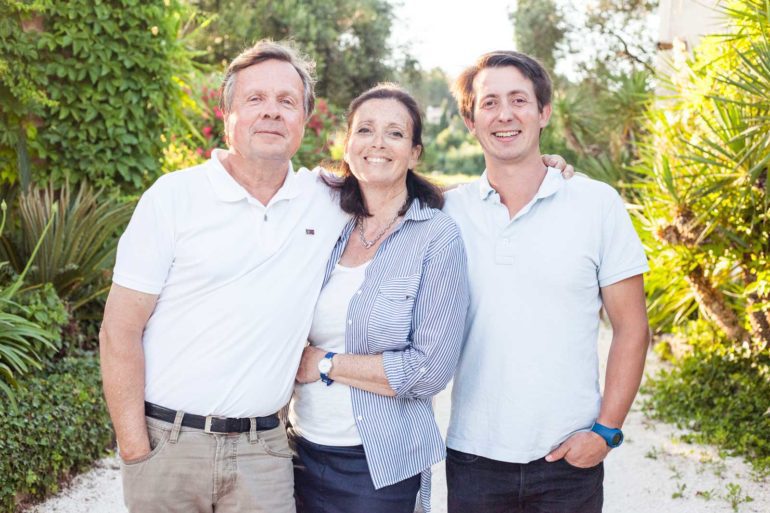 The Deforges family, with fourth-generation winemaker Olivier, at right. ©de Maison Selections
The Deforges family, with fourth-generation winemaker Olivier, at right. ©de Maison Selections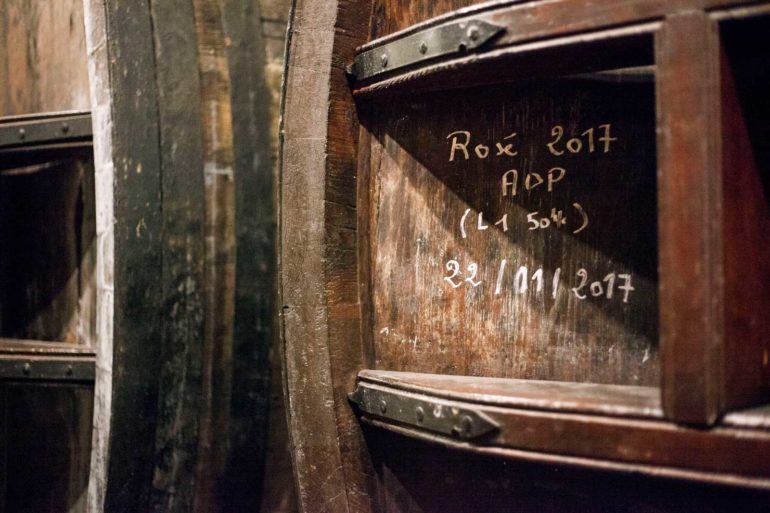 The 110-year-old foudre casks. ©de Maison Selections
The 110-year-old foudre casks. ©de Maison SelectionsWines to Seek Out
As noted above, Clos Cibonne was honored with a Cru Classé designation by the Côtes de Provence AOC in 1955. The estate's reputation is storied, but with the exception of the Tentations rosé, these are not your typical "modern" Provençal wines. The reliance on Tibouren is unique, but so is the aging process in cask for two of the rosé wines, as the foudres are not filled all the way. This headspace in the cask allows for the development of fleurette, a waxy veil of yeast cells that creates a unique flavor profile. Fleurette or flor is most associated with sherry, so your tasting notes — especially on the Tradition and the Cuvée des Vignette — will undoubtedly include some sherry-linked adjectives, like hazelnuts and raisins. Consequentially, these rosé can age for 10 years or more. This is a side of Provence many have not seen.
Cibonne Tentations Côtes de Provence Rosé
At first glance, the Tentations Côtes de Provence Rosé would appear to be the estate's entry into the vin de soif rosé category that Provence so readily dominates. It's perhaps a smidge deeper in color, but hey, it comes in a clear bottle and looks guzzle-able.
But even with this cuvée, the Deforges family can't help but create something textural and substantive. Made primarily from Grenache and Cinsault (with Tibouren and Syrah at 10% each), the wine maintains the freshness and fruit-tinged generosity that pleases crowds, while surprising with its combo of sumptuousness and minerality. This is the wineries lone négociant wine.
Clos Cibonne "Cuvée Tradition" Côtes de Provence Cru Classe Tibouren Rosé
The Cuvée Tradition marks the introduction to Clos Cibonne's most cherished story — that of the aging foudres originally used by André Roux. A recent comparison between this wine and the Cuvée des Vignettes (below) showed more restrained aromas, but a firm sense of confidence on the palate no less. This wine seems to reside between rosé and orange wine in terms of its tenor: it has the precision of the former, the depth and patience of the latter. A distant whisper of orange rind on the nose is a tantalizing find.
Clos Cibonne "Cuvée des Vignettes" Côtes de Provence Cru Classe Tibouren Rosé
With its beautiful, radiant carnelian color, the Cuvée des Vignettes makes a startling introduction the second its comes out of the bottle. You don't even need to place your nose below the rim of the glass to catch its potent aromas, which for me were akin to raisins, tangerine, apple, hazelnuts and baking spice. With the "Cuvée des Vignettes" you are getting the entire story of Clos Cibonne in a single sip: the 60-year-old Tibouren vines, the 110-year-old casks, the richness of the fleurette-imparted process. Only two casks are devoted to this wine, making it not only one of the most unique wines in all of France, but among its rarest.
Clos Cibonne Côtes de Provence Cru Classe Tibouren Rouge
So what does Tibouren even taste like? Clos Cibonne's rouge is vinified in stainless-steel and aged six months in foudres. While it is a 90-10 blend with Grenache in the minority, I honestly didn't notice much of a contribution from the latter grape with this wine. It is snappy, light and pleasantly tart like the Tibouren/Rossese wines found over the border in Italy, but a faintly savory taste and very subtle hints akin to hickory smoke give the wine substance and intrigue.

